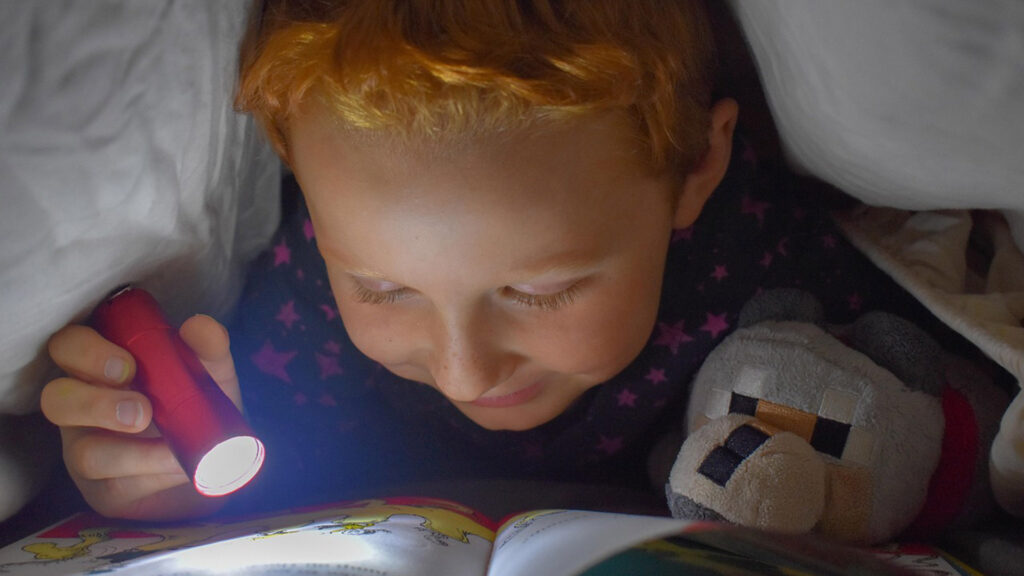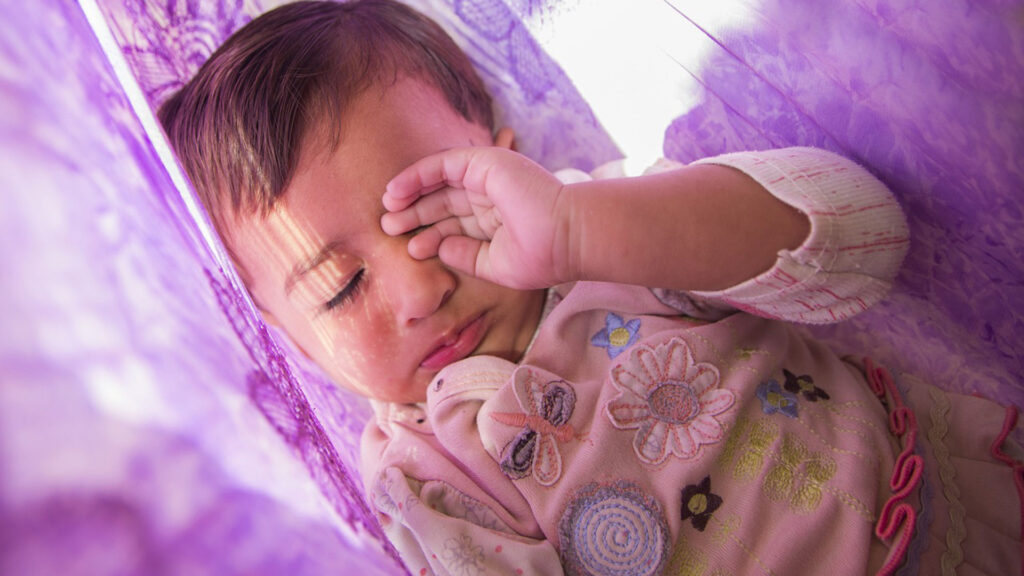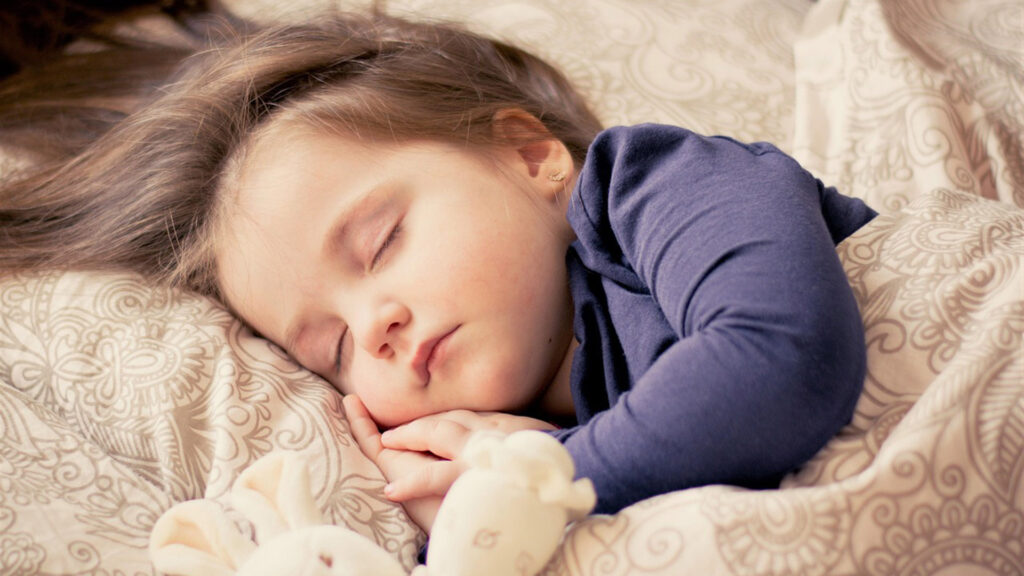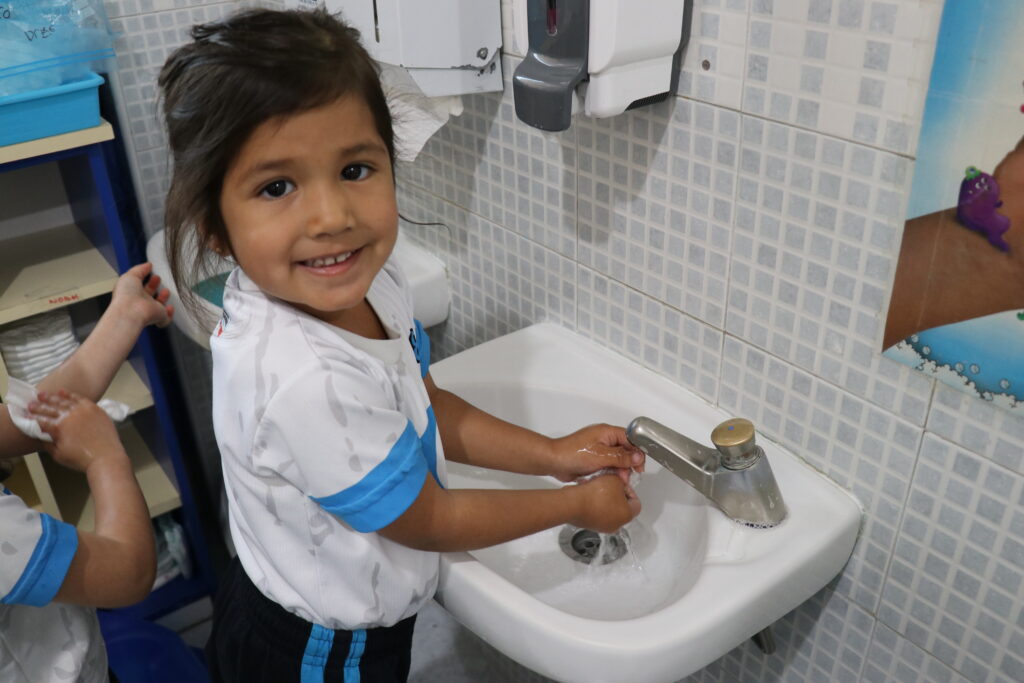With the arrival of summer and the end of school, many families ask themselves a common question: how to maintain healthy sleep routines on holiday without getting out of control?
Days become longer, schedules become more relaxed and, without a clear structure, rest habits can be compromised.
WHEN SUMMER BREAKS THE RHYTHM
During the school year, children follow a stable sleep routine that regulates their rest. However, when the holidays arrive, it is easy for this regularity to disappear:
- Going to bed much later.
- Sleep more in the morning.
- Comer a deshoras.
- Increasing the use of screens before bedtime.
These changes, while understandable, can significantly alter your quality of sleep and your mood.

SLEEPING BADLY IS NOT JUST LESS REST

Irregular rest does not only affect daily energy. According to the Spanish Association of Paediatrics (AEP), stable sleep routines are essential for brain development, emotional balance and physical growth.
In addition, sleeping poorly or at inappropriate times can also lead to
- Mood swings and irritability.
- Reduced attention and motivation in play or learning.
- Difficulty falling asleep when school starts again.
- Circadian rhythm disorders, such as “phase delay” (children who are not sleepy until very late and wake up tired).
7 EFFECTIVE STRATEGIES TO TAKE CARE OF YOUR SUMMER SLEEP ROUTINES
The good news is that you can maintain healthy sleep routines without giving up the flexibility of summer. Here are practical, evidence-based strategies that are easy to implement at home:

1. SET A REFERENCE TIME
Even if they go to bed a little later than during the course, keeping a regular time slot (e.g. between 21:00 and 22:00) helps to maintain the stability of the sleep-wake cycle.
Tip: Use a child’s visual clock (such as Claessens’Kid’s My First Alarm Clock) to anticipate bedtime.
2. NATURAL LIGHT IN THE MORNING
Exposing children to sunlight at the beginning of the day promotes the production of melatonin in the evening. According to the Sleep Foundation, just 30 minutes of natural morning light can significantly improve sleep onset.
🚶 Idea: go for a walk after breakfast or play games in the garden or on the terrace.
3. TURN OFF SCREENS AT LEAST ONE HOUR BEFORE GOING TO BED.
Blue light from mobile phones and tablets delays sleep. Replace it with:
- Audio stories (such as Spotify Kids and Families).
- Reading of classic stories.
- Soft music for children (e.g. Relaxing Piano for Kids).
4. PREDICTABLE AND RELAXING RITUAL
A warm bath, pyjamas, a bedtime story and dim lighting are signals to the body that it is time to rest.
💡 Create a visual calendar with pictograms to reinforce this routine for young children.
5. TAKE CARE OF THE SLEEPING ENVIRONMENT
A room between 20 and 22°C, ventilated, with little light and no loud noises is ideal for sleeping. Avoid thick blankets in summer and use breathable bedding.

6. REGULARITY ALSO ON WEEKENDS
Although they may stay up late on an occasional night, try not to vary their general sleep schedule by more than 1 hour, even on Saturdays and Sundays.
7. GRADUALLY BRING THE HARARIUM FORWARD BEFORE GOING BACK TO SCHOOL
10 to 14 days before the start of the course, start to gradually adjust your sleeping and eating schedule. In this way, the body adapts without stress.


If you want to know how we accompany our students beyond the classroom, from the Preschool Education stage through to the Diploma Programme…
AT CASVI VILLAVICIOSA WE ALSO EDUCATE FOR RELAXATION
At Casvi Villaviciosa International School, we understand that the emotional and physical wellbeing of the child is key to their academic development. For this reason, from the earliest stages we encourage:
- The importance of rest and healthy rhythms.
- Emotional education and self-regulation.
- Autonomy in routines such as sleeping, feeding and hygiene.
In addition, both in the school year and in our summer camps, we maintain structured timetables and rest times adapted to each age group.

